Key Takeaways
Custom branded sculpture design bridges the gap between abstract brand values and physical engagement. By translating logos, slogans, or mission statements into three-dimensional art, businesses create immersive touchpoints that resonate with audiences. For example, a Cartoon sculpture crafted for a family-friendly brand might use rounded edges and vibrant colors to evoke warmth and approachability.
| Element | Role in Branding |
|---|---|
| Materials | PVC, stainless steel, or resin ensure longevity. |
| Laser Cutting | Achieves intricate details for brand accuracy. |
| 3D Design | Converts 2D concepts into tactile experiences. |
“Sculptures act as silent ambassadors—they communicate brand ethos without words.” — Industrial Design Quarterly
Durable materials like weather-resistant PVC allow installations to thrive in high-traffic areas, while laser cutting ensures crisp replication of brand patterns. The process typically involves:
- Conceptualization: Aligning sculpture themes with brand messaging.
- Material Selection: Balancing aesthetics with environmental factors.
- Fabrication: Using CNC routing or 3D printing for precision.
These sculptures often serve dual purposes: enhancing physical spaces and reinforcing brand recall. A well-placed sculpture in a corporate lobby or retail space can spark conversations, turning passive viewers into engaged stakeholders. For optimal impact, align the sculpture’s scale and placement with the target audience’s behavior—larger installations for open venues, smaller pieces for intimate settings.
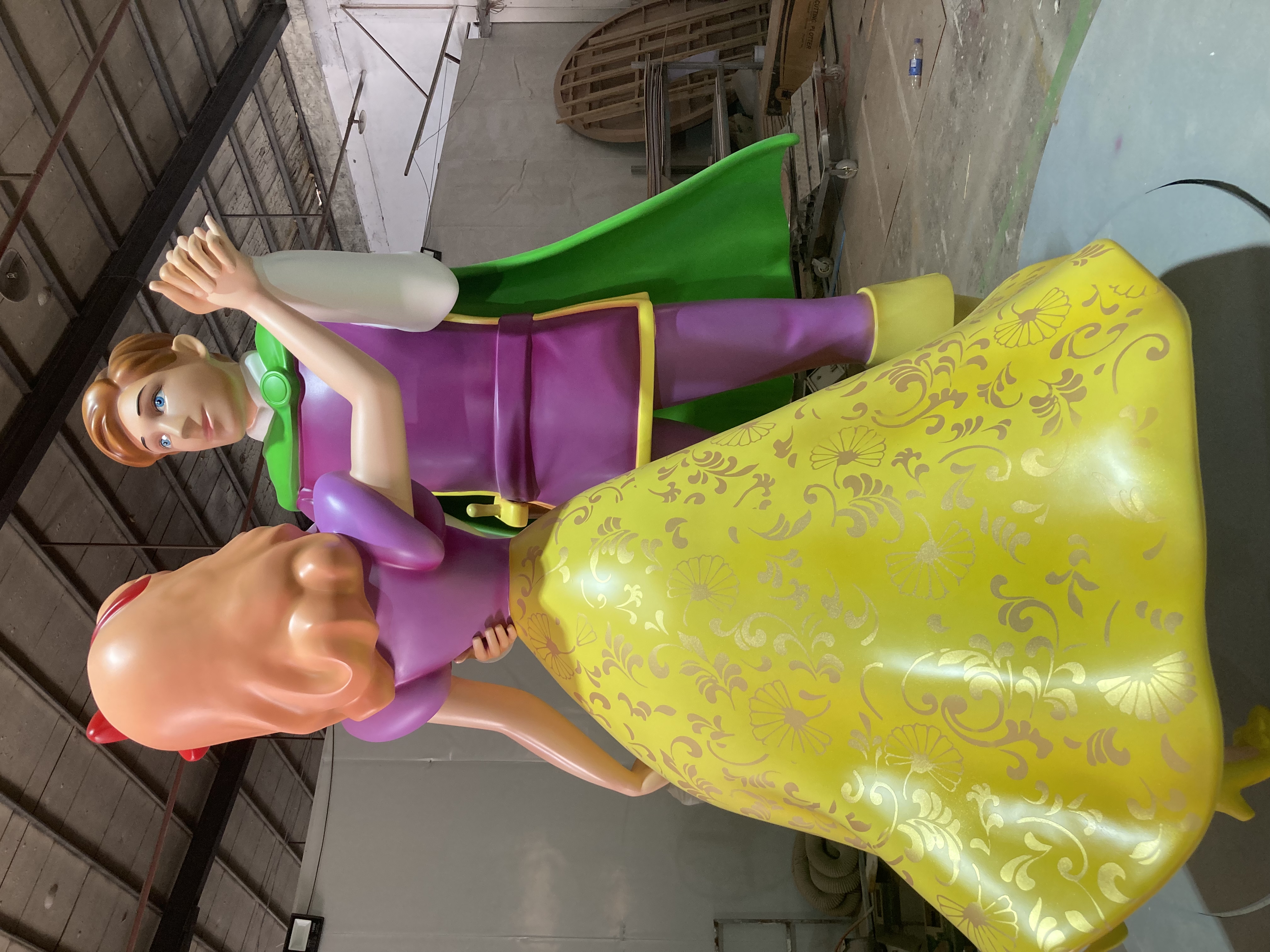
Custom Branded Sculpture Design Explained
Custom branded sculpture design bridges artistic expression and corporate identity by translating abstract brand values into three-dimensional forms. Unlike traditional branding methods, these sculptures act as tactile touchpoints that communicate a company’s ethos through shape, texture, and scale. Designers begin by analyzing a brand’s visual language—logos, color schemes, and mission statements—to identify core elements that can be reimagined spatially. For example, a tech firm’s emphasis on innovation might inspire angular, futuristic forms, while an eco-conscious brand could opt for organic shapes made from recycled materials.
The process often involves collaboration between artists, engineers, and marketing teams to ensure the final piece aligns with both aesthetic goals and functional requirements. Advanced techniques like 3D modeling allow for precise adjustments before production, reducing material waste. When executed effectively, these sculptures become more than decorative objects—they serve as Realistic sculpture embodiments of brand narratives, capable of sparking conversations at trade shows, corporate campuses, or public installations. This approach not only reinforces brand recognition but also creates lasting impressions by merging artistic craftsmanship with strategic messaging.
Tangible Branding Through Physical Art
Physical art offers brands a unique opportunity to translate abstract values into tactile experiences. Unlike digital or print media, sculptures engage multiple senses, creating memorable touchpoints that resonate on a deeper level. By crafting three-dimensional representations of logos, mascots, or brand motifs, companies anchor their identity in spaces where audiences interact directly—trade shows, corporate lobbies, or public installations. This approach transforms passive viewers into active participants, as the weight, texture, and scale of a sculpture reinforce brand messaging through physical presence.
Durability plays a critical role here, with materials like weather-resistant PVC or polished metals ensuring longevity even in high-traffic environments. Innovations such as kinetic sculpture, which incorporate movement, further amplify engagement by adding dynamic elements to static branding strategies. Such designs not only reflect a brand’s commitment to quality but also spark curiosity, inviting conversations that extend beyond the artwork itself. When executed thoughtfully, these sculptures become landmarks of brand storytelling, bridging the gap between corporate identity and community connection.
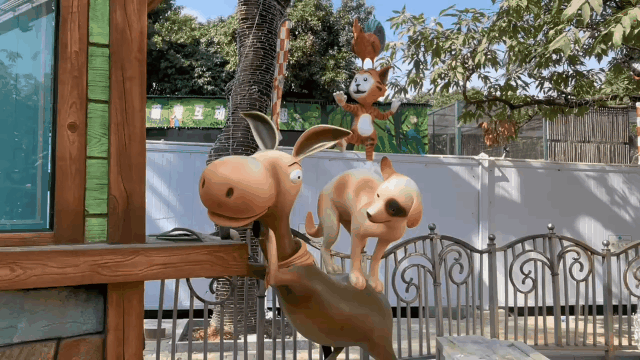
Durable Materials in Sculpture Branding
The longevity of branded sculptures hinges on material selection, ensuring artworks withstand environmental stressors while retaining visual impact. PVC, stainless steel, and resin composites dominate modern designs due to their resistance to weathering, corrosion, and physical wear. For outdoor installations, Fiberglass sculpture offers a lightweight yet robust alternative, combining flexibility with structural integrity—ideal for intricate shapes or large-scale pieces. These materials also support vibrant finishes, maintaining color fidelity under UV exposure to preserve brand consistency.
Durability extends beyond physical resilience. Material choices influence tactile experiences, reinforcing brand narratives through texture. A polished metal surface might convey luxury, while textured composites evoke industrial authenticity. Manufacturers often blend materials—layering acrylic over metal frameworks, for instance—to balance aesthetics with functional demands. Such combinations enable sculptures to endure high-traffic environments, from corporate lobbies to public spaces, without compromising artistic intent. By aligning material properties with brand values, businesses create lasting physical embodiments of their identity.
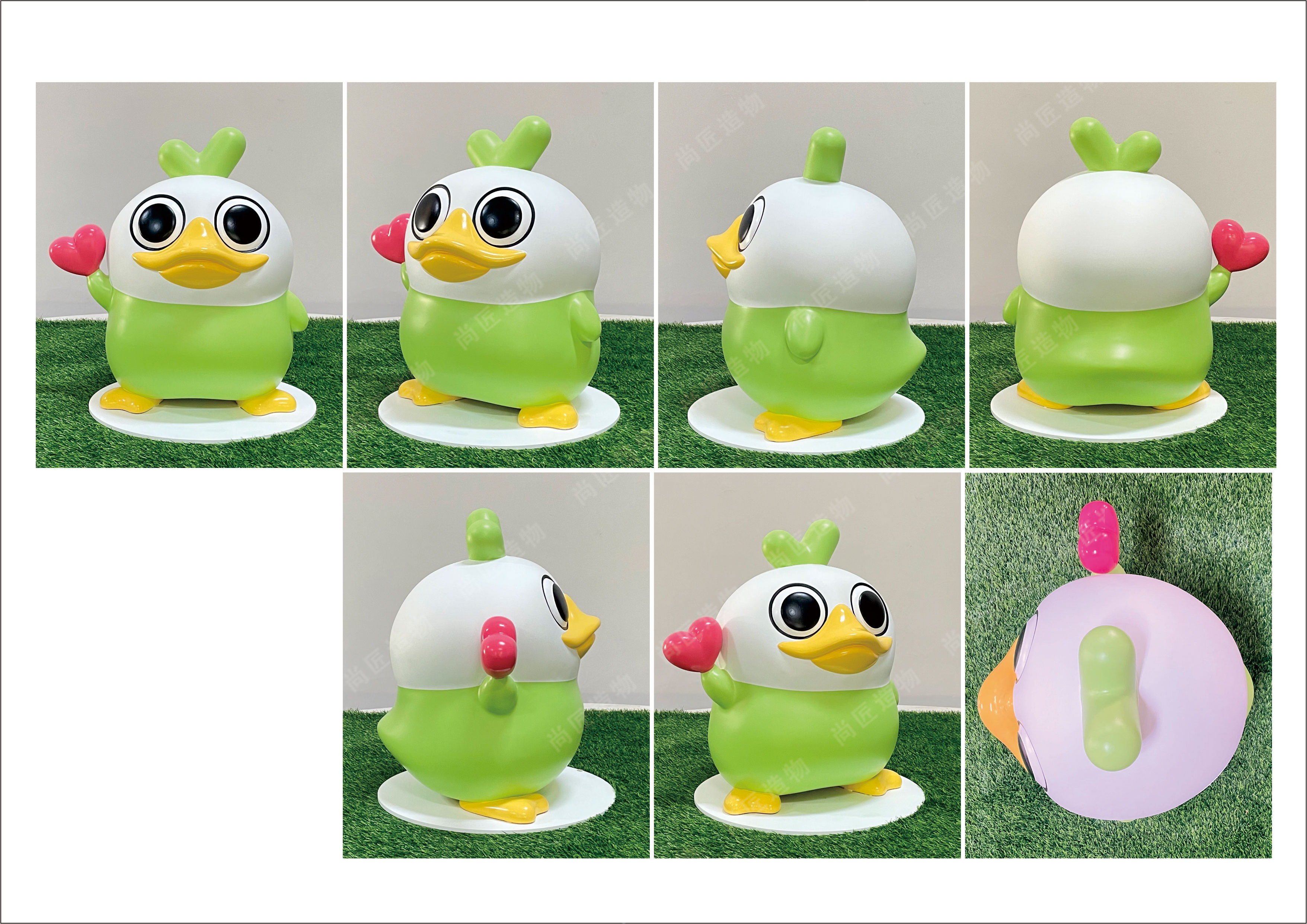
Laser Cutting for Precision Brand Creations
Laser cutting technology has become indispensable in crafting custom branded sculptures that demand millimeter-level accuracy. By directing concentrated light beams through computer-guided systems, this method transforms digital brand assets—logos, typography, or abstract motifs—into intricately detailed physical forms. Unlike traditional carving techniques, lasers minimize material waste while producing crisp edges and smooth surfaces, ideal for maintaining brand integrity across scalable designs. Durable materials like acrylic, stainless steel sculpture, or layered PVC sheets are often chosen for their compatibility with high-energy cutting, ensuring longevity in both indoor and outdoor installations. The process allows designers to experiment with negative space, interlocking components, and multi-layered textures, adding depth to 3D brand narratives. By aligning technical precision with artistic vision, laser-cut sculptures become tactile touchpoints that reinforce brand recognition while sparking curiosity through their geometric sophistication. This synergy of innovation and craftsmanship ensures each piece not only represents a brand’s identity but also elevates it into a conversation-worthy art object.

Transforming Identities into 3D Artworks
The process of converting brand identities into three-dimensional artworks begins with a deep analysis of a company’s visual language—logos, color palettes, and mascots—to identify elements that translate effectively into physical form. Designers use advanced 3D modeling tools to reinterpret abstract brand values, such as innovation or heritage, into sculptural shapes that retain symbolic meaning. For example, angular geometries might represent technological advancement, while flowing curves could evoke organic or eco-friendly principles.
Material selection plays a critical role in maintaining brand integrity during this transformation. Durable polymers like PVC ensure longevity, while metals such as brushed aluminum add a premium finish. Precision laser cutting enables intricate detailing, allowing even complex brand patterns or typography to appear crisp in three dimensions. This technical accuracy ensures sculptures remain recognizable extensions of the brand, whether displayed as lobby centerpieces or event installations.
Notably, IP character sculpture projects demonstrate how fictional brand mascots gain tangible presence through volumetric design, bridging digital branding with tactile experiences. By merging artistic interpretation with engineering precision, these sculptures become more than decorative objects—they serve as spatial anchors that reinforce brand narratives in physical environments.
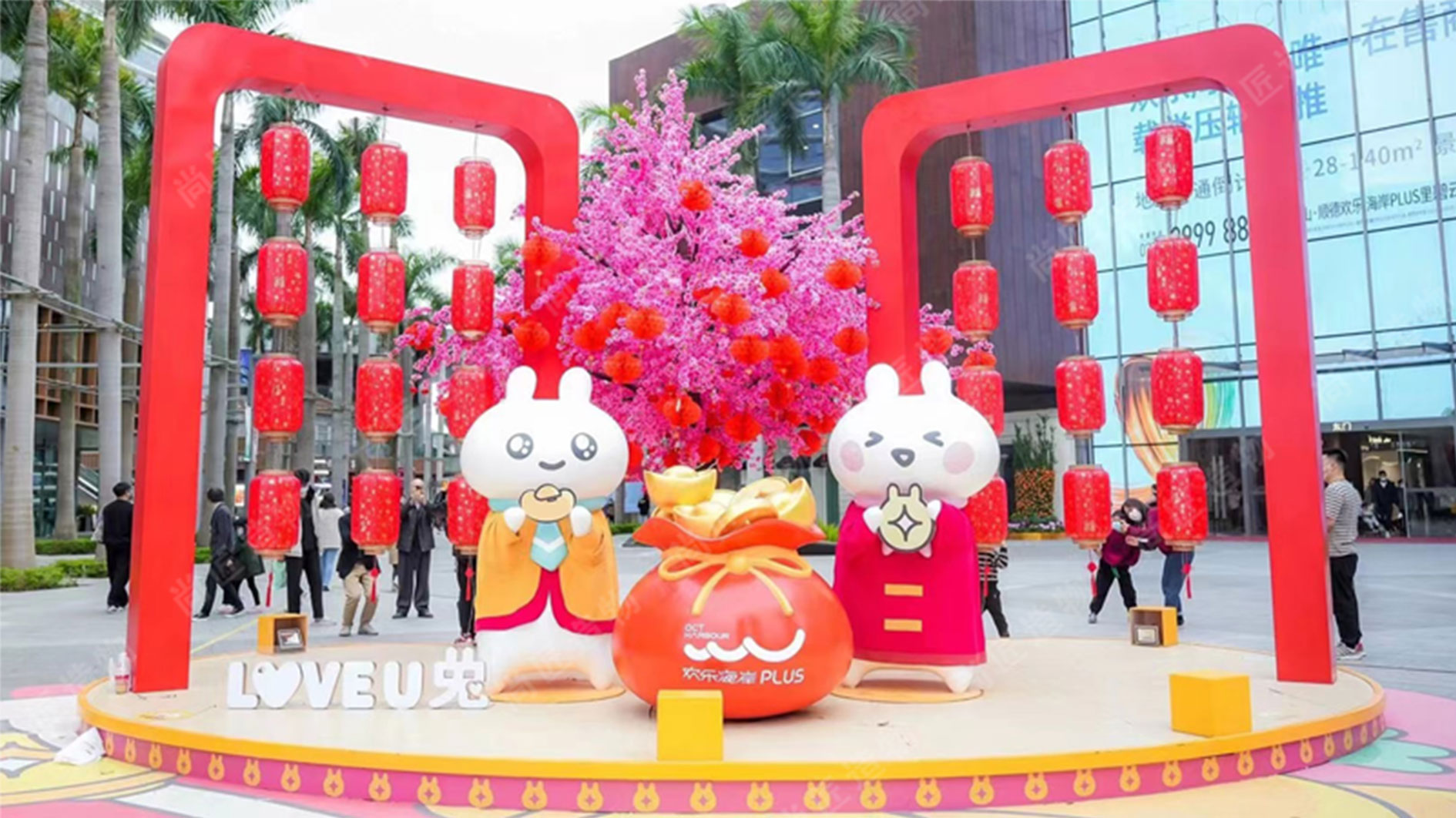
Audience Engagement via Sculptural Design
Physical sculptures create unique opportunities for brands to connect with audiences in memorable ways. Unlike digital or print media, three-dimensional artworks invite interaction—viewers can walk around them, touch their textures, or even photograph them from multiple angles. This tactile experience transforms passive observers into active participants, deepening emotional ties to the brand. For example, a sculpture placed in a retail space or trade show booth often becomes a focal point, sparking conversations and social media shares.
Durable materials like weather-resistant PVC ensure these installations maintain their visual appeal over time, even in high-traffic environments. Precision laser cutting allows for intricate details that reflect a brand’s logo, colors, or messaging with striking clarity. When aligned with a company’s core values, such sculptures act as silent ambassadors, reinforcing brand identity without overt advertising. Studies show that tactile marketing elements can increase recall rates by up to 30%, making sculptural designs a strategic tool for fostering lasting impressions. By merging artistry with branding, businesses turn abstract concepts into relatable, shareable moments that resonate across diverse audiences.
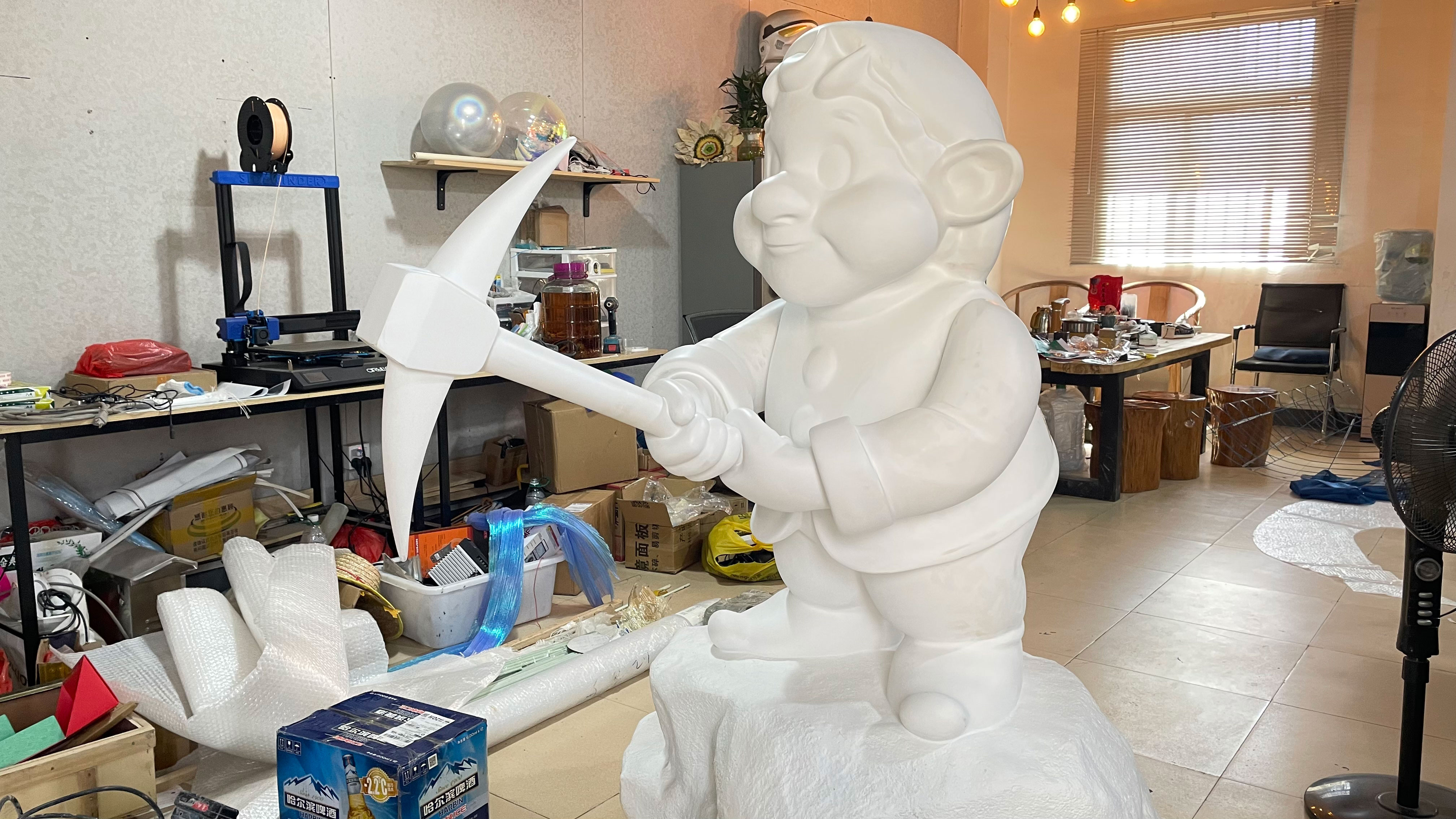
Brand Extension with Custom Sculptures
Custom sculptures act as strategic tools for expanding a brand’s presence beyond traditional media. Unlike digital ads or printed materials, these three-dimensional installations create multisensory experiences that anchor brand messaging in physical spaces. For example, a corporate campus might feature a sculpture embodying its core values, while retail stores could use smaller designs to highlight product themes. This approach not only reinforces brand recognition but also bridges the gap between abstract concepts and tactile interaction.
By integrating durable materials like weather-resistant PVC or polished metals, these sculptures maintain visual impact over time, even in high-traffic environments. Advanced techniques such as laser cutting ensure intricate details—like logos or typography—remain crisp, preserving brand integrity at every scale. When placed in public areas, trade shows, or office lobbies, they spark conversations and encourage social sharing, effectively turning passive viewers into active participants. This seamless fusion of artistry and branding transforms ordinary spaces into immersive storytelling platforms, amplifying reach without relying solely on temporary campaigns.
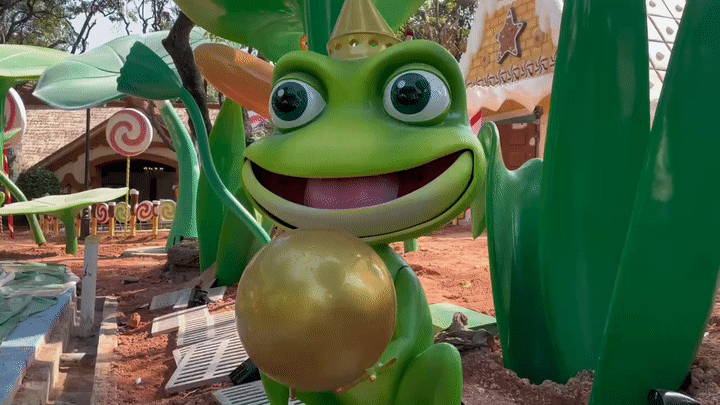
Sculpture Design Process from Concept to Reality
The journey from initial idea to physical sculpture begins with collaborative brainstorming between designers and brand stakeholders. Teams analyze core brand elements—logos, color schemes, mission statements—to identify visual motifs that translate abstract values into three-dimensional forms. Digital modeling software then converts these concepts into precise 3D renderings, allowing adjustments to proportions, textures, and structural integrity.
Material selection follows, with engineers evaluating durability, weather resistance, and aesthetic alignment. For example, PVC or composite polymers might be chosen for outdoor installations requiring lightweight yet robust properties. Laser-cutting technology ensures intricate patterns remain sharp, while modular assembly methods enable large-scale sculptures to maintain geometric accuracy.
Prototyping occurs through 3D printing or scaled models, revealing potential design flaws before full production. Final fabrication combines automated machinery for consistency with hand-finishing techniques to add tactile details. Throughout the process, iterative feedback loops ensure the sculpture aligns with both artistic vision and brand messaging, culminating in installation-ready artworks that embody the client’s identity. This systematic yet adaptable workflow bridges imagination and reality, transforming brands into lasting physical landmarks.
Conclusion
Custom branded sculpture design represents a strategic intersection of artistic vision and brand storytelling. By translating abstract brand values into tactile forms, these sculptures create lasting physical touchpoints that resonate with audiences. The use of durable materials like PVC ensures longevity, while precision techniques such as laser cutting guarantee consistency in conveying brand aesthetics. Beyond visual appeal, these three-dimensional artworks foster emotional connections, turning passive observers into engaged participants.
As brands increasingly seek innovative ways to stand out, custom sculptures offer a versatile solution for experiential marketing, corporate environments, or public installations. The process—from conceptual sketches to engineered fabrication—mirrors the journey of brand development itself, requiring both creativity and technical rigor. When executed effectively, such sculptures become more than decorative elements; they evolve into silent ambassadors, reinforcing brand narratives through form, texture, and spatial presence. This approach underscores the growing importance of multisensory branding in an increasingly digital world.
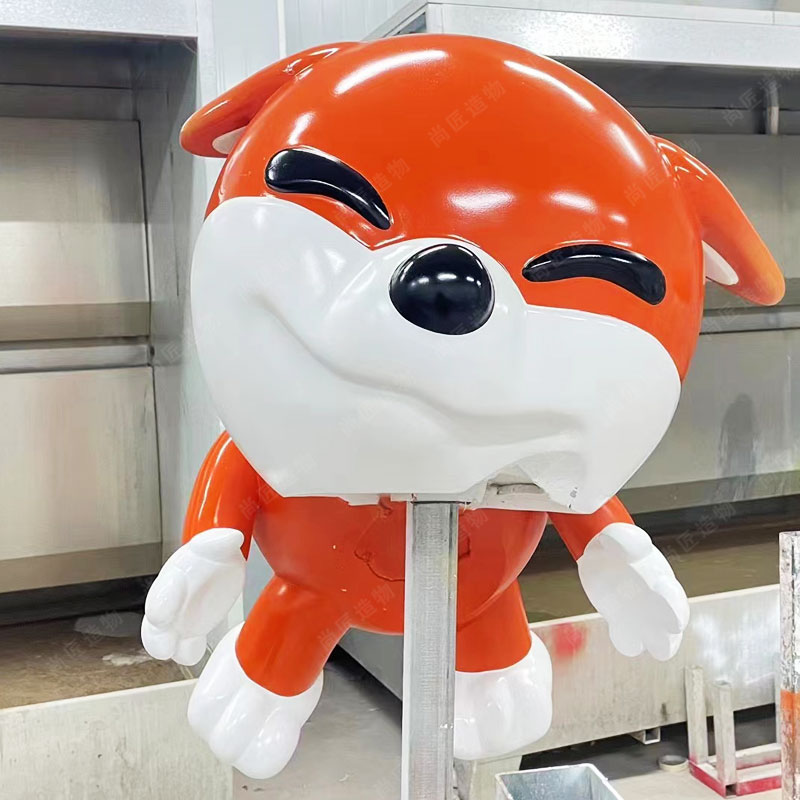
FAQs
How do custom branded sculptures differ from traditional signage?
Unlike flat signage, 3D sculptures create depth and texture, allowing brands to showcase logos or mascots in multi-dimensional forms. This tactile presence enhances memorability in crowded environments.
What materials ensure durability for outdoor branded sculptures?
PVC, stainless steel, and weather-resistant polymers are common choices. These materials withstand UV exposure, temperature shifts, and moisture while retaining color fidelity for years.
Can laser cutting replicate intricate brand details in sculptures?
Yes. Laser technology achieves sub-millimeter precision, ideal for etching fine typography, geometric patterns, or complex brand symbols into materials like acrylic or metal.
How long does the design-to-installation process typically take?
Timelines vary by complexity, but most projects take 4–8 weeks. This includes concept sketches, 3D modeling, client approvals, fabrication, and on-site installation.
Do sculptural designs require ongoing maintenance?
Low-maintenance options like powder-coated metals or UV-stabilized plastics are available. Annual inspections for debris or surface wear are recommended for high-traffic areas.
Are custom sculptures suitable for indoor branding?
Absolutely. Smaller-scale sculptures work well in lobbies, trade show booths, or retail displays. Materials like lightweight foam composites simplify installation without compromising visual impact.
What ROI can businesses expect from branded sculptures?
Studies show 3D brand installations increase dwell time by 34% in public spaces. Their novelty drives social media shares, indirectly amplifying brand reach beyond physical locations.
 ch
ch English
English






